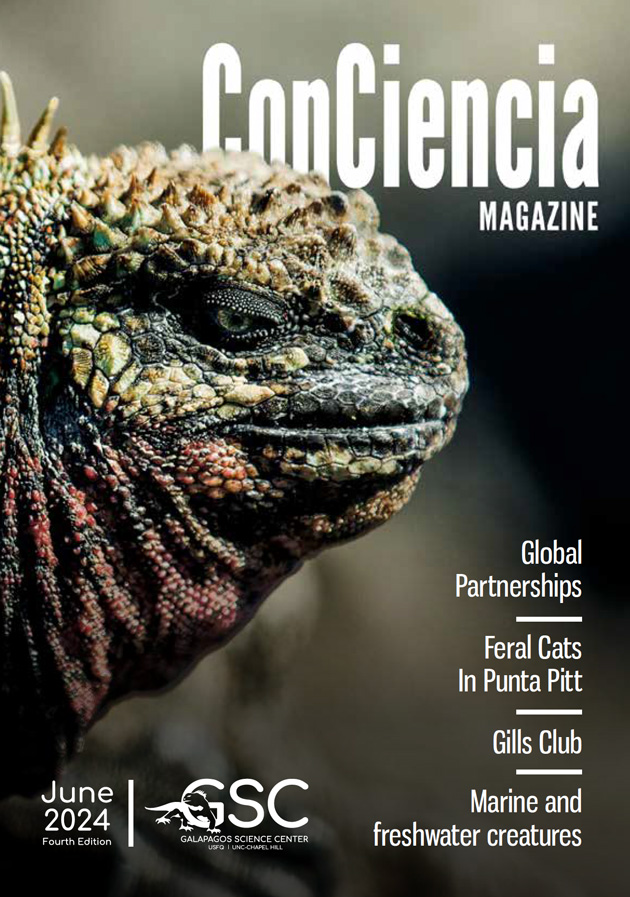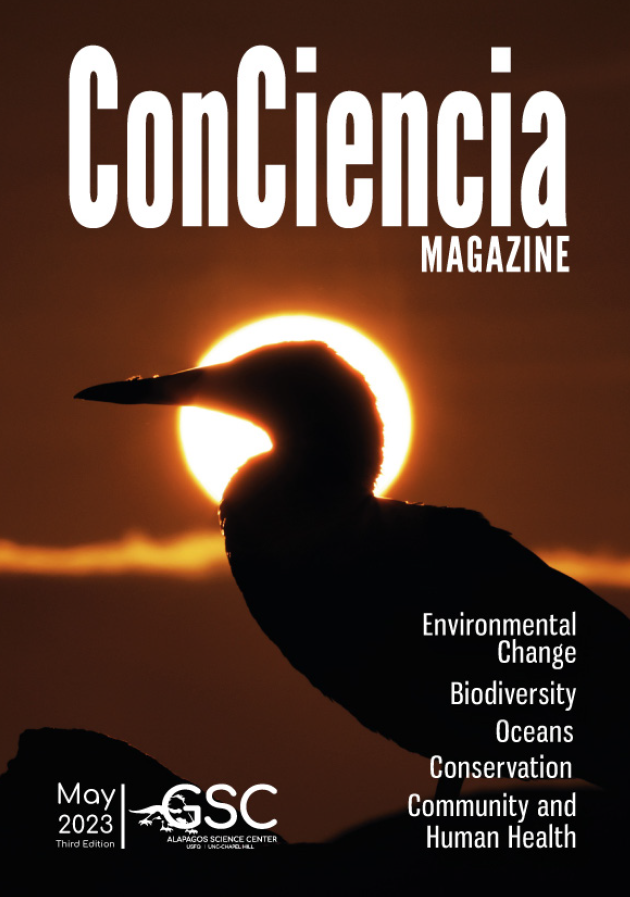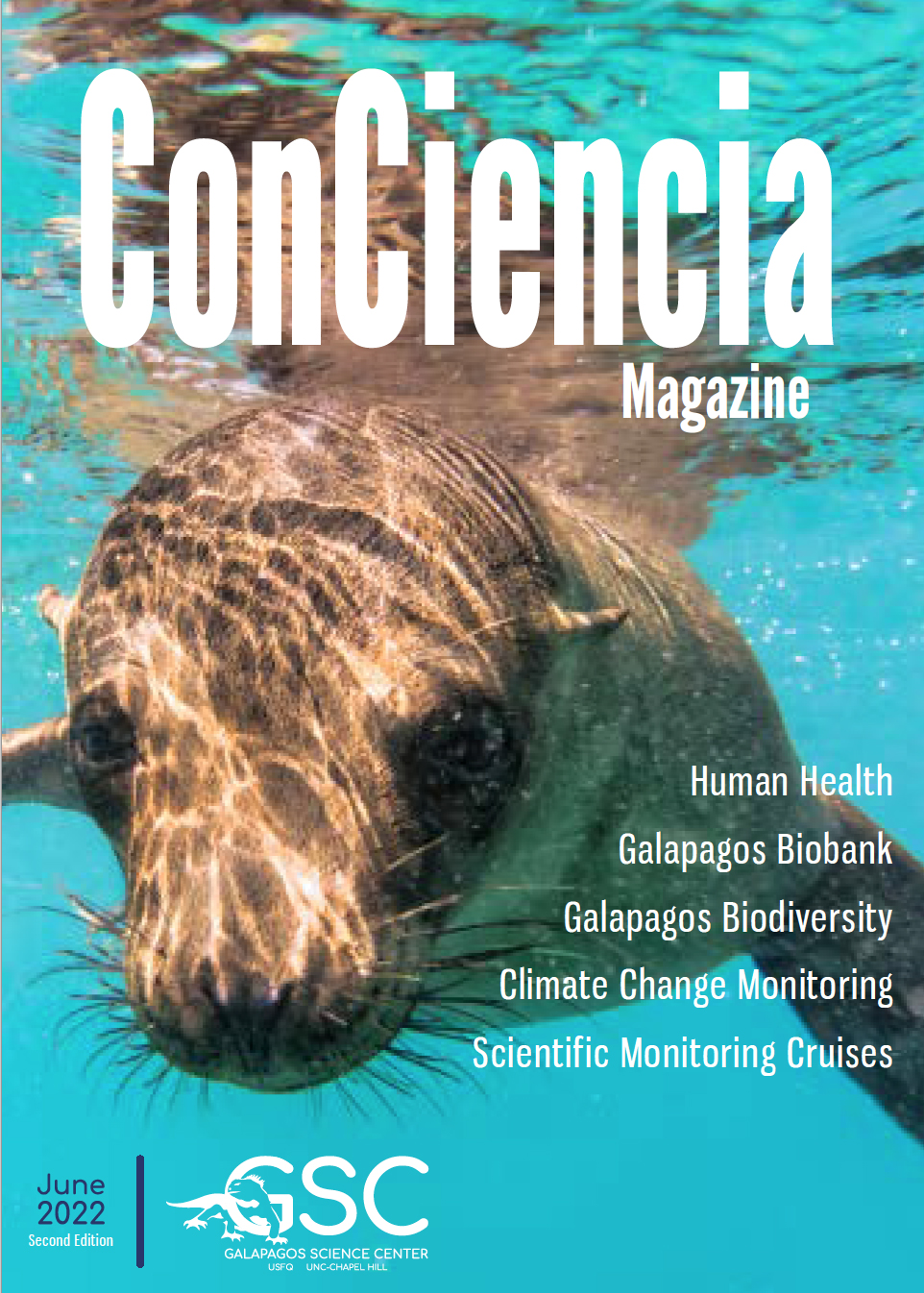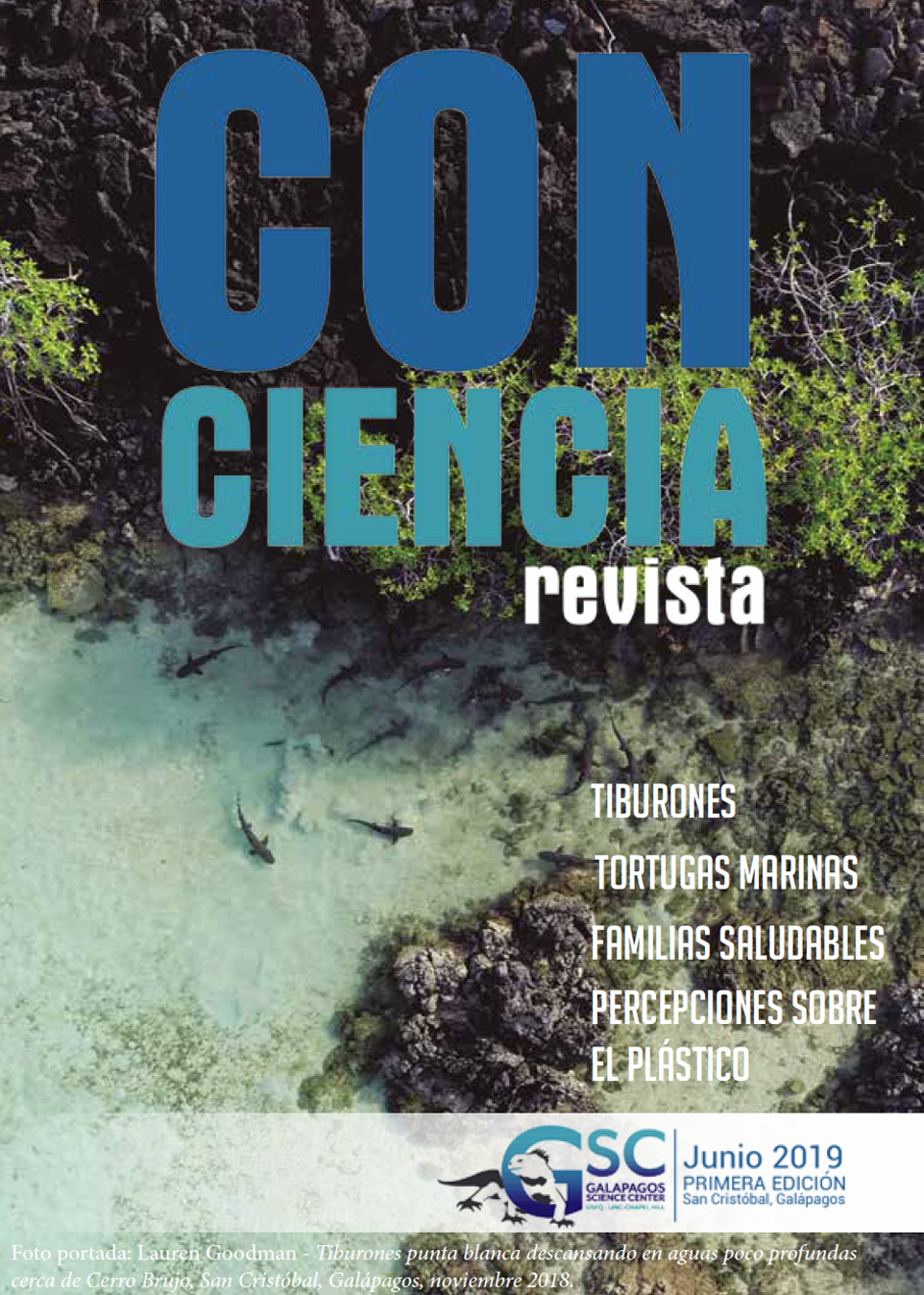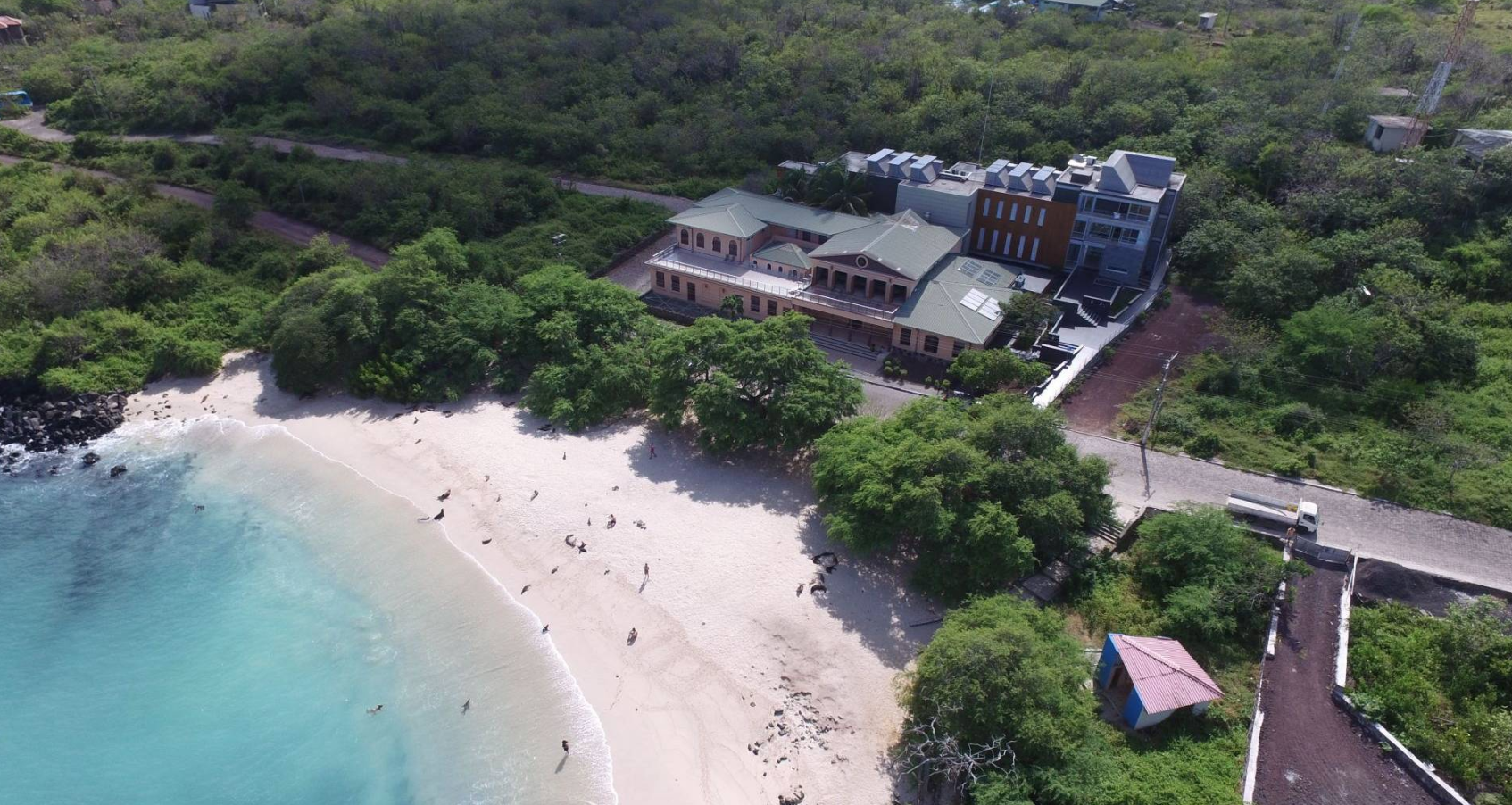NEWS & EVENTS
LATEST NEWS
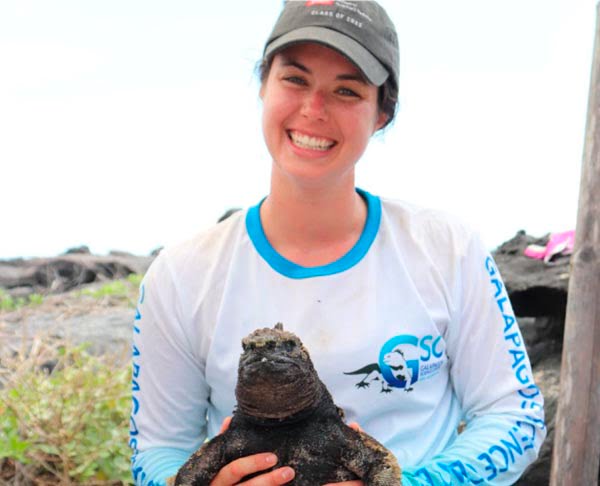
GSC Experiential Education Program
Are you interested in knowing how science is done in Galapagos?
The Galapagos Science Center (GSC) has expanded its operations to host interdisciplinary research projects. Each program offers an opportunity to gain practical and theoretical experience in a variety of research areas. Our team evaluate each program so that both students and researchers can make the most of their time on the Islands.
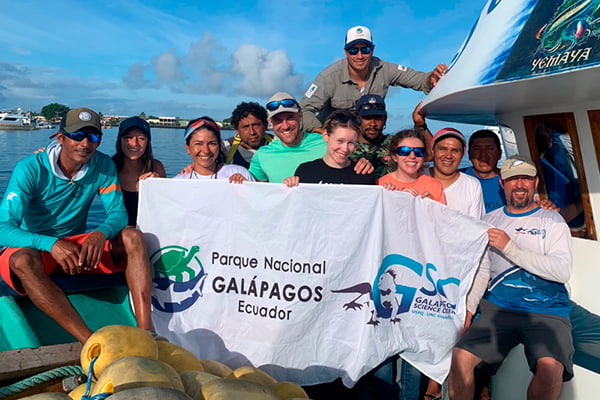
Scientists Use ultra-light aircraft to tag and track whale sharks of the southern Galapagos Islands for the first time
The expedition was supported by the Galapagos Conservation Trust, Rufford Foundation, PADI Foundation and the Royal Society. The expedition is the first step in a wider project with Universidad San Francisco de Quito and partners to monitor and track marine megafauna.
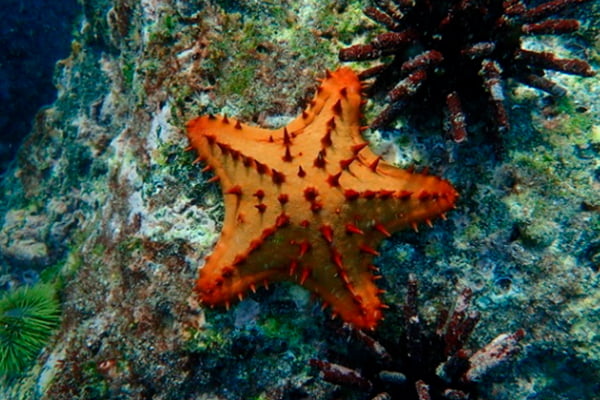
Jointly led UNC and USFQ research team receives $1m grant from National Science Foundation to conduct research in Galapagos and help determine how temperature influences marine ecosystems
The project will take place at the Galapagos Science Center on San Cristobal, Galapagos.

A team of student journalists from UNC Hussman School of Journalism will develop stories about the community of Puerto Baquerizo Moreno in the Galapagos
Journalist and professor Patrick Davison led a group of students to visit San Cristobal Island, Galapagos as part of the UNC Global Storytelling program.
SCIENTIFIC ARTICLES
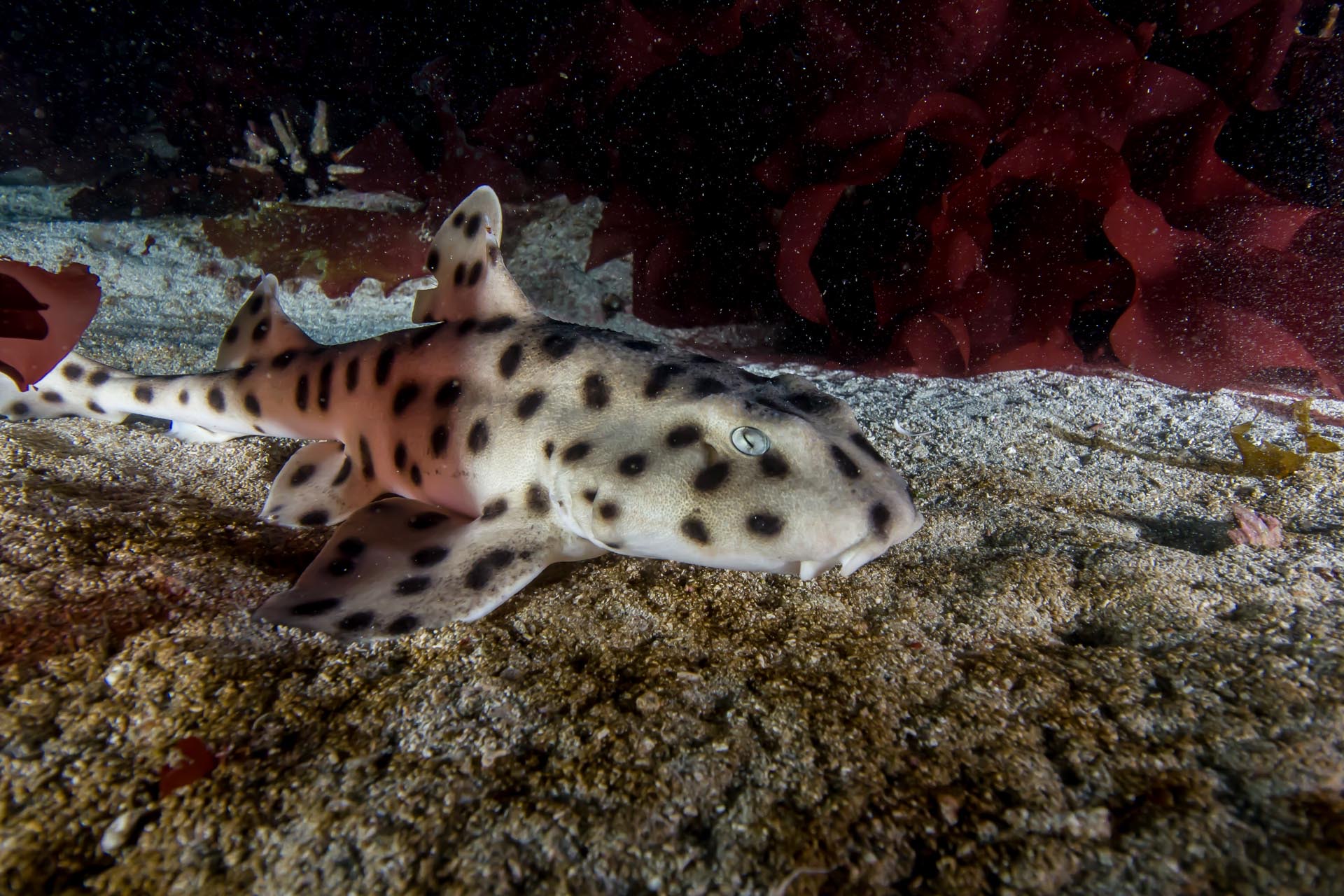
What Darwin could not see: island formation and historical sea levels shape genetic divergence and island biogeography in a coastal marine species
Oceanic islands play a central role in the study of evolution and island biogeography.
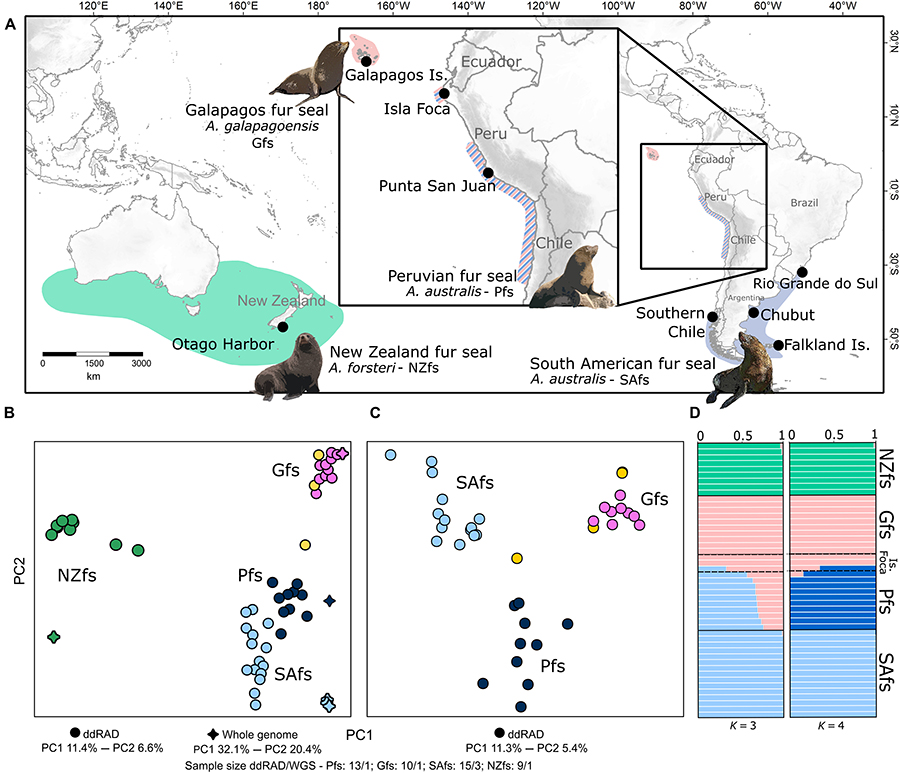
Genomic evidence for homoploid hybrid speciation in a marine mammal apex predator
Hybridization is widespread and constitutes an important source of genetic variability and evolution. In animals, its role in generating novel and independent lineages (hybrid speciation) has been strongly debated, with only a few cases supported by genomic data.
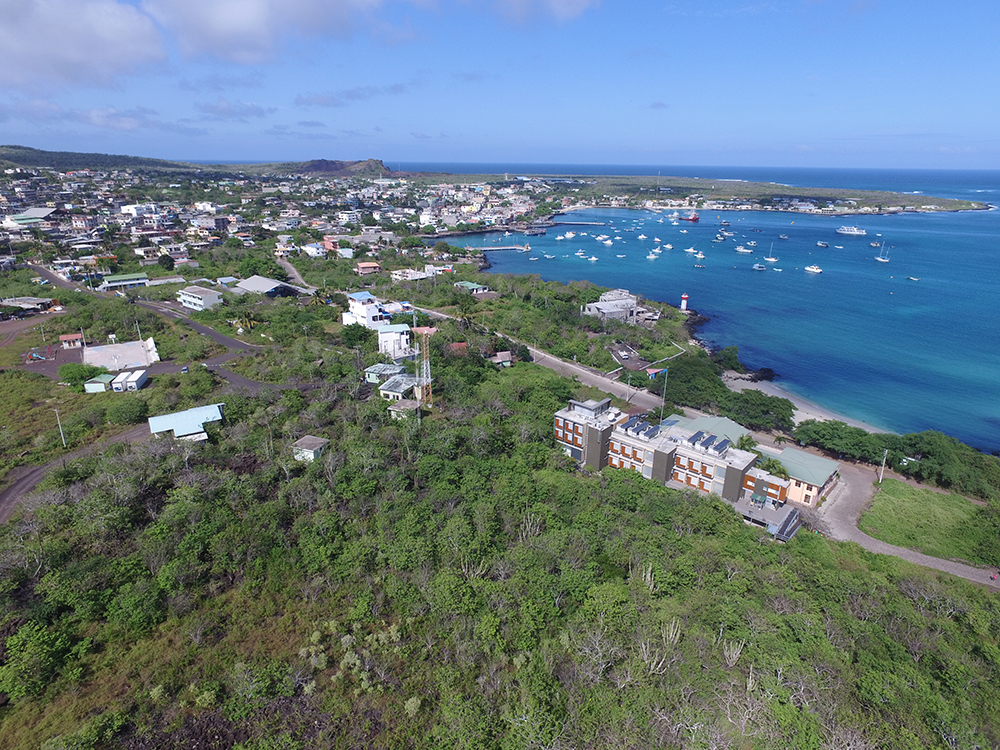
Anthropogenic emission inventory and spatial analysis of greenhouse gases and primary pollutants for the Galapagos Islands
We present an anthropogenic emissions inventory for Santa Cruz, San Cristobal, and Isabela Islands in which emissions were spatially mapped for greenhouse gasses and primary pollutants.
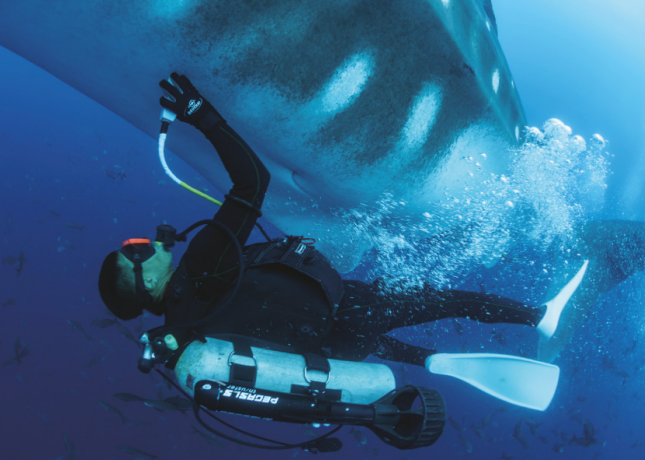
Underwater ultrasonograhy and blood sampling provide the first observations of reproductive biology in free-swimming whale sharks
We report on a non-invasive technique for observing the reproductive states of wild, free-swimming whale sharks Rhincodon typus for the first time.
EVENTS
6TH GALAPAGOS RESEARCH AND CONSERVATION SYMPOSIUM
The 6th Galápagos Research and Conservation Symposium took place on Monday, July 15 and Tuesday, July 16, 2024 at the Charles Darwin Convention Center on San Cristóbal, Galápagos. This important multidisciplinary event was organized by the Galapagos Science Center, with the sponsorship of the University of North Carolina at Chapel Hill and the Universidad San Francisco de Quito with the endorsement of the Galapagos National Park.
5TH GALAPAGOS RESEARCH AND CONSERVATION SYMPOSIUM
Puerto Baquerizo Moreno, on San Cristóbal Island, will host the 5th Galapagos Research and Conservation Symposium. This significant multidisciplinary event will feature scientific presentations and community-focused talks, showcasing research and initiatives related to conservation, environmental change, biodiversity and oceans, health, and community initiatives.
World Summit on Island Sustainability
In 2022, the Galapagos Science Center (GSC) and the broader UNC & USFQ Galapagos Initiative celebrated its 10th Anniversary. The GSC hosted the World Summit on Island Sustainability on June 26–30, 2022 at the Galapagos Science Center and the Community Convention Center on San Cristobal Island.
Read our Epub Magazine 2024 Edition
Read our Epub Magazine 2023 Edition
Read our Epub Magazine 2022 Edition

